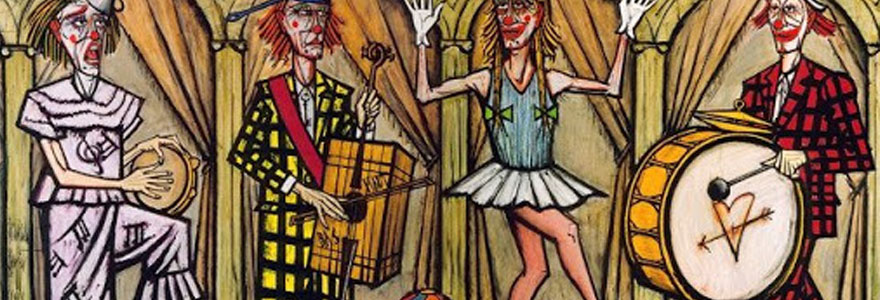
Are you a fan of historical arts or any other paintings? If you are, most probably you have heard or encountered some of Bernard Buffet’s famous paintings. Some of his arts have been placed in museums such as Tate Modern in London, Modern Art Museum in New York, and other collections are in Japan.
Most of his paintings were about history, death, culture, sexuality, and politics. His paintings were iconic and had some desirability that left most people amazed by his work of art. www.estades.com paintings are known for their sorrowfulness, tall and elongated features. Read on to understand what inspired Bernard Buffet.
The History of Bernard Buffet and His Famous Paintings
Bernard Buffet was born in Paris in 1928. From an early age of 15, he had started forming his art collections, and at the age of 19, he had his first show. He was a member of the witness-Man group and believed representation of the events through art at the time was necessary.
He painted over 8,000 pieces, and most of his arts found a place in the most famous museums in the world. The public loved his way of expressing ideas, but the elite referred to his arts as being too prolific. Buffet tried to save every coin he had to buy the pigments since they were expensive. This is why most of Bernard Buffet clown has a little colour. They were mostly black, grey, and green.
Although Buffet had a system of painting; thin hair, grey faces, elongated bodies, his paintings established themselves in his early works. Unfortunately, the painter committed suicide in 1999 because he was suffering from Parkinson's disease.
Bernard Buffet’s painting Collections
Buffet had many paintings that evoked certain emotions. He dedicated his life to drawing arts to others which revolved around real-life events. Some popular ones being Bernard Buffet clown arts. In most of his other paintings, they communicate about human suffering. Some of the famous paintings are:
• Tete the clown-1955
• Don Quichotte
• Deux Hommes nus-1947
• Tete Rousse-1967
• Bouquet-1965
• La Mort #5- 1999 etc.
How Can you Describe Bernard Buffet’s Painting?
Buffet had a system of drawing his paintings, and if you look closely at clown Bernard buffet arts, you will realize they have thin black lines. Although most of his paintings are loved, there is something behind them that allows viewers to play detective. Without hesitation, he painted what he thought, his mood, and the stories that transpired every day in his life.
The paintings express human emotions that cannot be freely communicated or spoken by words. He preferred his painting to have elongated figures and also included barren landscapes in some. He adhered to figurative painting, what he observed in real life—unpleasant weather, wrinkles, saggy flesh, frown faces, hollow eyes, dull colours, etc.
Where to Find Bernard Buffet Paintings
Now that you have a clue about what clown Bernard Buffet Paintings communicated and what made him draw such oeuvres. You should try to look at some of his paintings and study them to understand the emotions hidden behind them.
It is not necessarily that you travel to the museums as there are online galleries where you can look at some of them. Suppose you must travel to see the arts. In that case, some of the places you will find his arts are the wellside Gallery in Seoul, Ca la Ghironda in Bologna, Kunstmuseum Walter in Augsburg, National Gallery of Canada in Ottawa, etc.